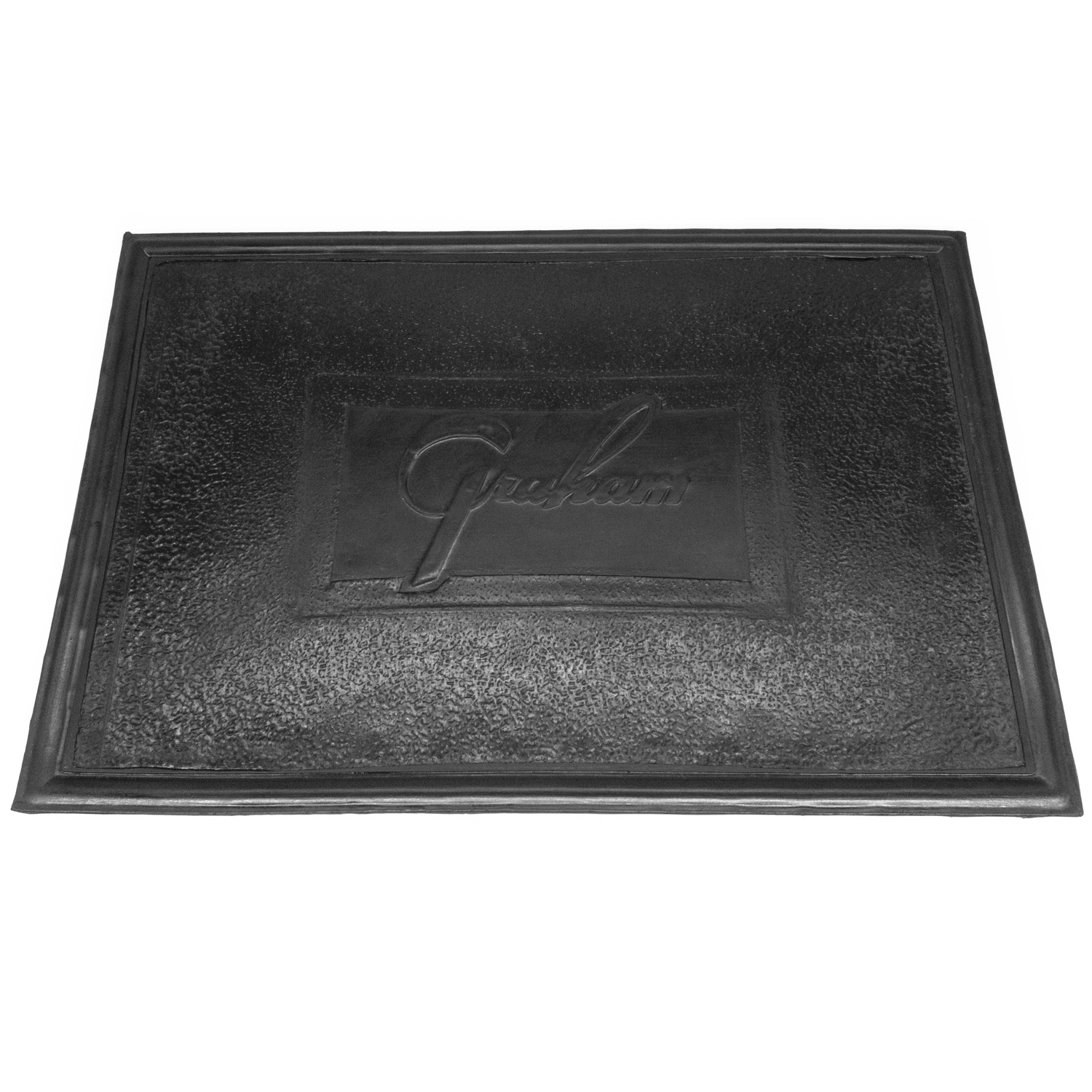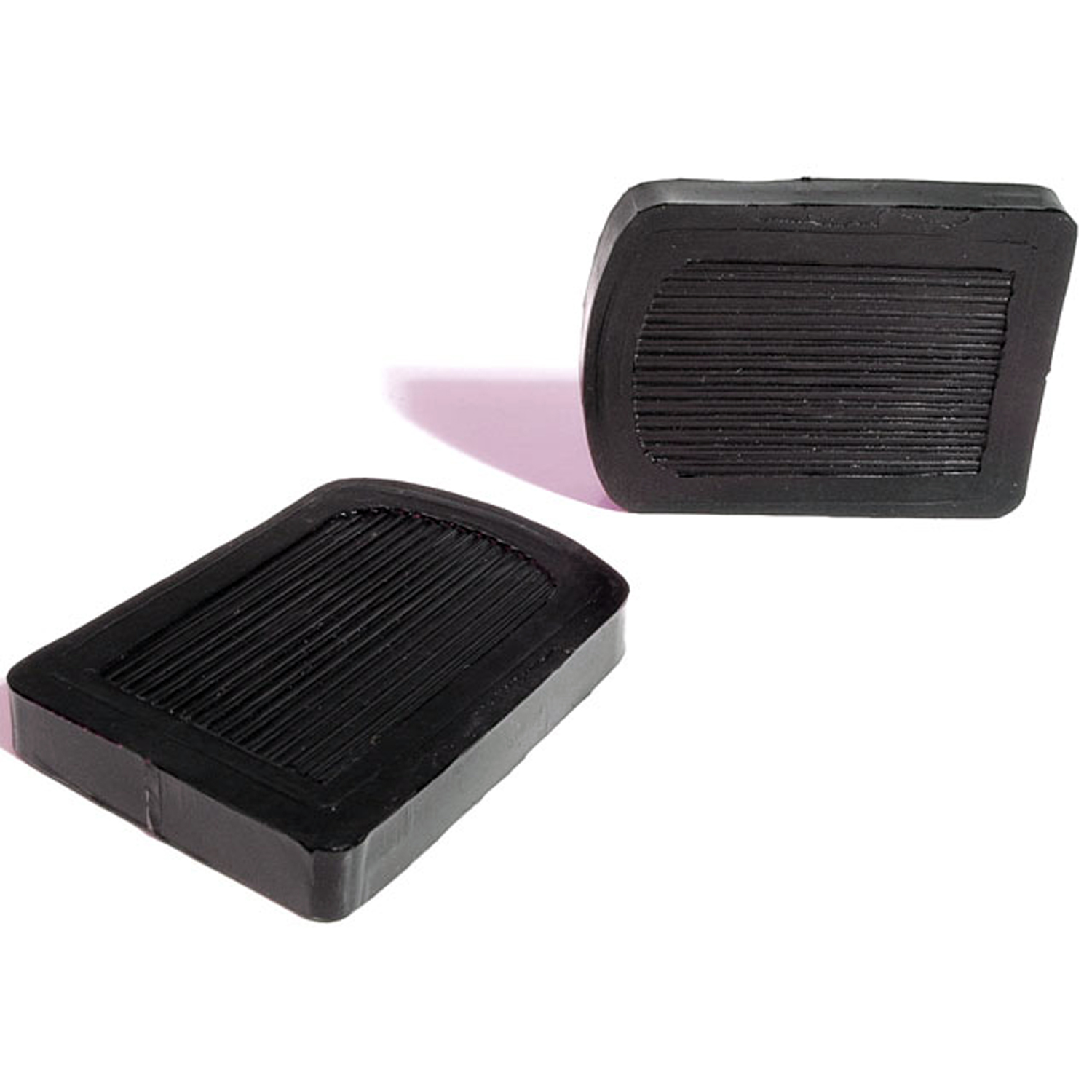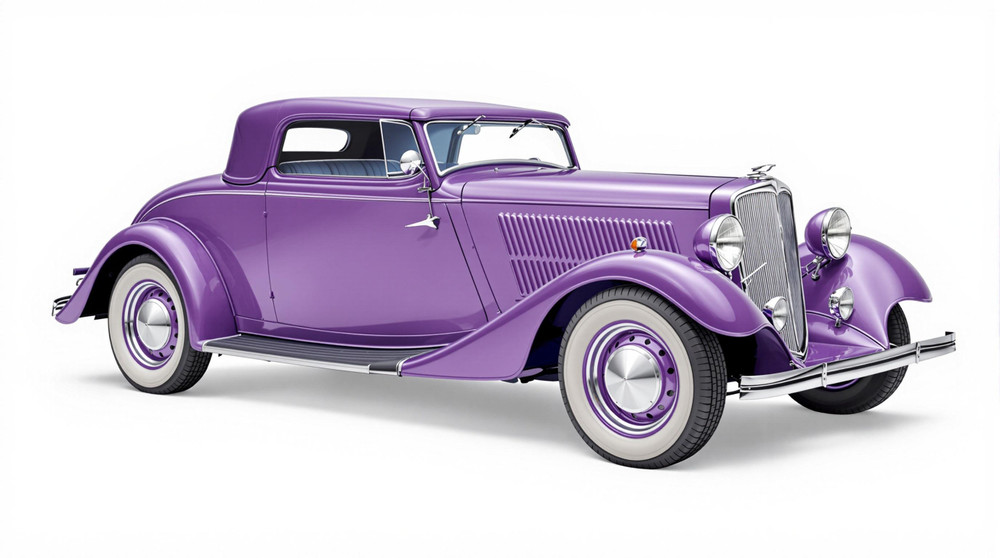Image of 1933 Graham Model 57 A, Note: These illustrations use artistic license and may differ from actual historical models.
Performance Metrics
Fundamental Metrics
Emotional Appeal
MMP Rating
| Engine Specifications | |
|---|---|
| Engine: | Straight-8 |
| Displacement: | 3.5L |
| Horsepower: | Estimated 85-95 HP |
| Torque: | Information not available |
| Compression Ratio: | Information not available |
| Ignition System: | Distributor and coil |
| Cooling System: | Liquid-cooled |
| Performance Specifications | |
| 0-60 Time: | Information not available |
| 1/4 Mile Time: | Information not available |
| Top Speed: | 85 mph |
| Transmission and Drive | |
| Drive Type: | Rear-wheel drive |
| Transmission Type: | 3-speed manual |
| Fuel and Efficiency | |
| Fuel System Type: | Carburetor |
| MPG: | Information not available |
| Dimensions and Brakes | |
| Brakes: | Drum brakes |
| Wheelbase: | 115 inches |
| Weight: | Estimated 3,000 lbs |
Note: Specifications for classic cars are given to the best of our ability, considering the limited and variant data available.
Unveiling the 1933 Graham Model 57 Blue Streak: A Pinnacle of Pre-War Innovation
The 1933 Graham Model 57, also known as the Blue Streak, was not just a car; it was a statement of elegance and forward-thinking in an era where automotive design was undergoing rapid transformation. Born from the ambitious minds at Graham-Paige Motors Corporation, a company founded by three industrious brothers in 1927, the Model 57 emerged during a time when America was grappling with the Great Depression. Despite economic hardships, this vehicle managed to leave an indelible mark on automotive history with its innovative features and stunning design. One particularly intriguing fact about the Blue Streak is that it was among the first production cars to incorporate fender skirts, which enhanced its aerodynamics—a testament to its ahead-of-its-time engineering.
Design and Innovation: The Art Deco on Wheels
The exterior of the Graham Model 57 Blue Streak was a symphony of Art Deco influence and modernist lines. Its sleek silhouette boasted gracefully curved fenders, a raked-back grille that exuded motion even at a standstill, and the aforementioned integrated fender skirts that gave it a streamlined appearance. Inside, passengers were enveloped in an ambiance of luxury with high-quality fabrics and wood accents that spoke volumes of the craftsmanship of the era. Technologically, the Blue Streak was ahead of its curve with innovations like a centrally located chassis lubrication system and an "overdrive" gear that improved fuel efficiency—a feature that was groundbreaking for its time. Color options ranged from deep maroons to elegant blacks, with many buyers favoring shades that accentuated its luxurious lines. Among body styles, the sedan was particularly popular for its blend of practicality and style.
Historical Significance: The Blue Streak's Enduring Legacy
The Graham Model 57's impact on automotive design cannot be overstated. It introduced features such as a "banjo" frame, which increased structural rigidity and improved handling—a design element that would inspire future generations of cars. Its emphasis on aerodynamics also paved the way for more fuel-efficient vehicles. The Blue Streak's legacy is one of innovation during adversity, setting it apart from contemporaries who were less willing to take bold design risks.
Performance and Handling: A Smooth Operator
Underneath its hood lay an engine capable of delivering respectable performance figures for its time. Although exact top speed and acceleration numbers are scarce today, anecdotal evidence suggests that the Blue Streak could hold its own on both city streets and country roads. Drivers reported a smooth ride quality thanks to its advanced suspension system, while handling characteristics were praised for being surprisingly nimble for a car of its size—attributes that made it quite enjoyable to drive.
Ownership Experience: Beyond Sunday Drives
Owners of the 1933 Graham Model 57 used their vehicles for more than just leisurely Sunday drives; they were dependable daily drivers and occasional showpieces at local car gatherings. Maintenance was straightforward by vintage standards, though finding parts today can be a challenge due to scarcity. Nevertheless, those who own one take great pride in their vehicle's reliability and historical significance.
Fun Facts: The Blue Streak's Claim to Fame
The Graham Model 57 had several claims to fame including being one of the first cars to undergo wind tunnel testing. While not known for breaking speed records, it set standards in design efficiency. Celebrity ownerships are not well-documented but given its prestige during production, it wouldn't be surprising if some notable figures of the '30s chose to cruise in a Blue Streak. Criticisms were few but did include remarks on its then-unconventional styling which some traditionalists found too avant-garde.
Collector's Information: A Rare Gem in Automotive History
Today, finding a 1933 Graham Model 57 is akin to uncovering hidden treasure. Production numbers were limited due to economic conditions; estimates suggest only several thousand were made. As such, values can vary significantly but pristine examples have been known to fetch upwards of six figures at auction—a figure that continues to appreciate as more enthusiasts recognize the Blue Streak's place in automotive lore.
Conclusion: Celebrating an Icon of Innovation
The 1933 Graham Model 57 Blue Streak stands as a monument to pre-war automotive excellence—an embodiment of innovation during challenging times. Its blend of style, performance, and technological advancement makes it an enduring favorite among classic car aficionados. As we look back on this remarkable machine, we're reminded that true beauty and ingenuity are timeless.
1933 Graham Model 57 A Catalog of Parts
 1933 Graham Model 57 A Accessory Floor Mat - 12"X17"-AC 12Accessory Floor Mat - made of high quality black rubber with molded original emblem. Also designed to be sewn into new carpets. 12"X17", Each
1933 Graham Model 57 A Accessory Floor Mat - 12"X17"-AC 12Accessory Floor Mat - made of high quality black rubber with molded original emblem. Also designed to be sewn into new carpets. 12"X17", Each 1933 Graham Model 57 A Clutch and Brake Pedal Pads. 2-5/8" wide X 3-5/8" long-CB 25Clutch and Brake Pedal Pads. 2-5/8" wide X 3-5/8" long. Pair
1933 Graham Model 57 A Clutch and Brake Pedal Pads. 2-5/8" wide X 3-5/8" long-CB 25Clutch and Brake Pedal Pads. 2-5/8" wide X 3-5/8" long. Pair 1933 Graham Model 57 A Clutch and Brake Pedal Pads. 2" wide X 3-5/8" long. Pair-CB 46Clutch and Brake Pedal Pads. 2" wide X 3-5/8" long. Pair
1933 Graham Model 57 A Clutch and Brake Pedal Pads. 2" wide X 3-5/8" long. Pair-CB 46Clutch and Brake Pedal Pads. 2" wide X 3-5/8" long. PairWhy Choose Metro?
For over 100 years, Metro Moulded Parts has been the pinnacle of quality in classic car restoration parts. Our commitment to precision and authenticity in every component ensures a perfect fit and an OEM-level appearance.
- Expert Craftsmanship & Quality: Each part is a testament to our dedication to reliability and perfection, crafted from original designs and thoroughly tested.
- Advanced Technology: We use cutting-edge techniques to create flawless, long-lasting parts that surpass others in performance.
- SuperSoft Sponge – The Ultimate Door Seal: Not only are our door seals 30% softer than competitors', but they're also guaranteed to never leak. They effectively reduce wind and road noise, enhancing your classic car's comfort and driving experience.
- Proudly American: Our parts are a product of American craftsmanship, made in the USA with a spirit of excellence and heritage.
- Unrivaled Warranty: We back our products with a 30-year industry-leading warranty, a testament to our confidence in their quality.
Join us in preserving the legacy of classic cars with parts that are crafted for perfection, not just made.

